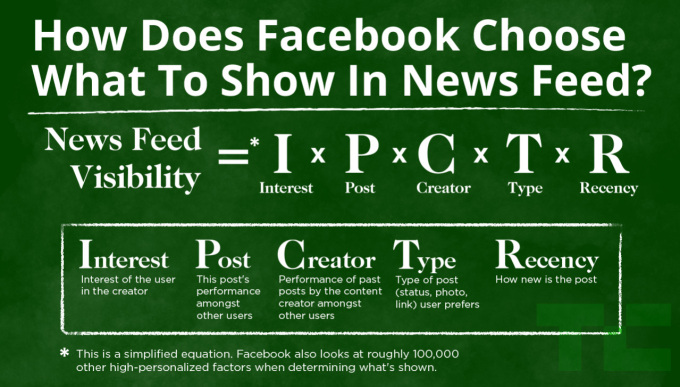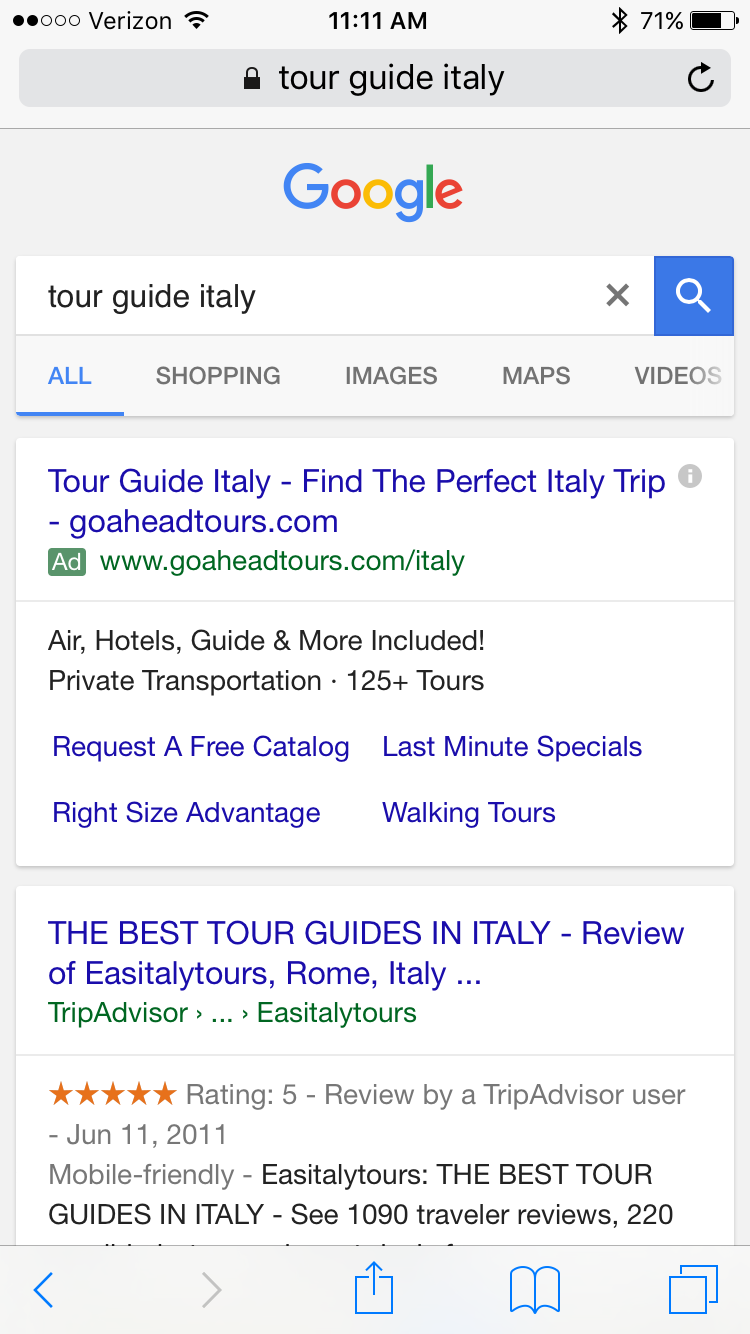If you had to set up Rock, Paper, Scissors rules for a new game called “Video, Audio, Text,” how would you do it? What beats what?
Text was invented first and has been around the longest. Some pretty important documents are text: the Constitution, the Bible, that one note you got from Gina in 7th grade. Today we see nearly every publication from newspapers to magazines designed as online first, print second, but they are still putting out text to disseminate news, gossip, and information.
Audio came next, sort of. Humans had been speaking before the written word came about, but it wasn’t until around 1900 when the first radio communication transmission was sent and received. Many people still listen to the radio today, and now we have internet radio, ebooks, and podcasts as wildly popular audio media.
And then there’s video, the sexiest of the bunch, what with it’s sight, sound, and millions of pixels. Many have said we are now in a Golden Age of television, with more on-demand streaming options launching by the day and binge-watching being readily available like never before. And as the cost for high quality cameras has come down (nearly everyone has a high-def camera in their phone), the playing field of video creation has been leveled.
In Rock, Paper, Scissors…
- Rock beats Scissors because Rock is bigger and heavier and smashes the Scissors
- Scissors beats Paper because that’s precisely what Scissors do
- And Paper beats Rock because it covers up the Rock like a blanket, smothering it
So in Video, Audio, Text… what beats what?
It begs a clarifying question. What are we going for here?
Are we looking for which is the:
- Most fun to create?
- Most influential medium to society?
- Easiest to consume?
- Most likely to convey information you will recall and remember later?
- Medium of the future, that a hundred years from now the one we expect to have the best chance of still standing and garnering most of our attention?
- Least damaging to society?
- Best business opportunity for a content producer to venture into?
There are a lot of ways to evaluate a medium!
Let’s focus in on the question “Which medium is the best business opportunity for a content producer to venture into?”
TEXT
Huffington Post is arguably the most popular “blog” or text-based site on the web, getting around 110,000,000 visits per month. SimilarWeb says the average Huffington Post user visits 1.84 pages per visit, so means its average monthly page views are 202,400,000.
VIDEO
T-Series is the biggest YouTube channel, with over 91,000,000 Subscribers as of this writing. In the last 30 days, SocialBlade reports T-Series videos have been viewed 2,772,822,000 times.
[Insert needle-skipping-on-record-player sound effect.]
2.8 billion views in one month?
AUDIO
It turns out, information about podcast downloads and popularity is not that easy to come by. In 2018 Apple released what the top 25 most downloaded podcasts were (like The Joe Rogan Experience, The Daily, Pod Save America, and RadioLab), but with no specific data. My uneducated guess tells me that even the biggest podcast probably doesn’t have as much reach as the biggest blogs, and it most definitely does not come close to YouTube view quantity.
Granted, there are many other factors that go into a content production business plan other than potential reach, such as:
- Natural aptitude of the content producer (writing skills v. oral communication v. video production acumen)
- Cost / overhead to produce
- Identifying the target audience for the content and aligning their preferences with your content
Perhaps developing a grading rubric is in order to really get this right?
Sometimes attempting to answer one question leads to more questions. That’s when you know you’re on to something.
We can’t wrap this article without answering the not-so-important question of what the rules are of our incredible new game, so I’ve come to a conclusion…
Video beats Audio, because Video has everything that Audio has to offer, and more.
Audio beats Text, because you can listen to a book in a lot more places and contexts via an audiobook than a written text.
Text beats Video, because it’s the O.G. medium. Text doesn’t care how sexy Video is, some pretty important documents wouldn’t exist without the written word.
And there you have it. Now I just need one of you out there to help me with the best hand signs for our new, media version of Paper-Rock-Scissors.




















